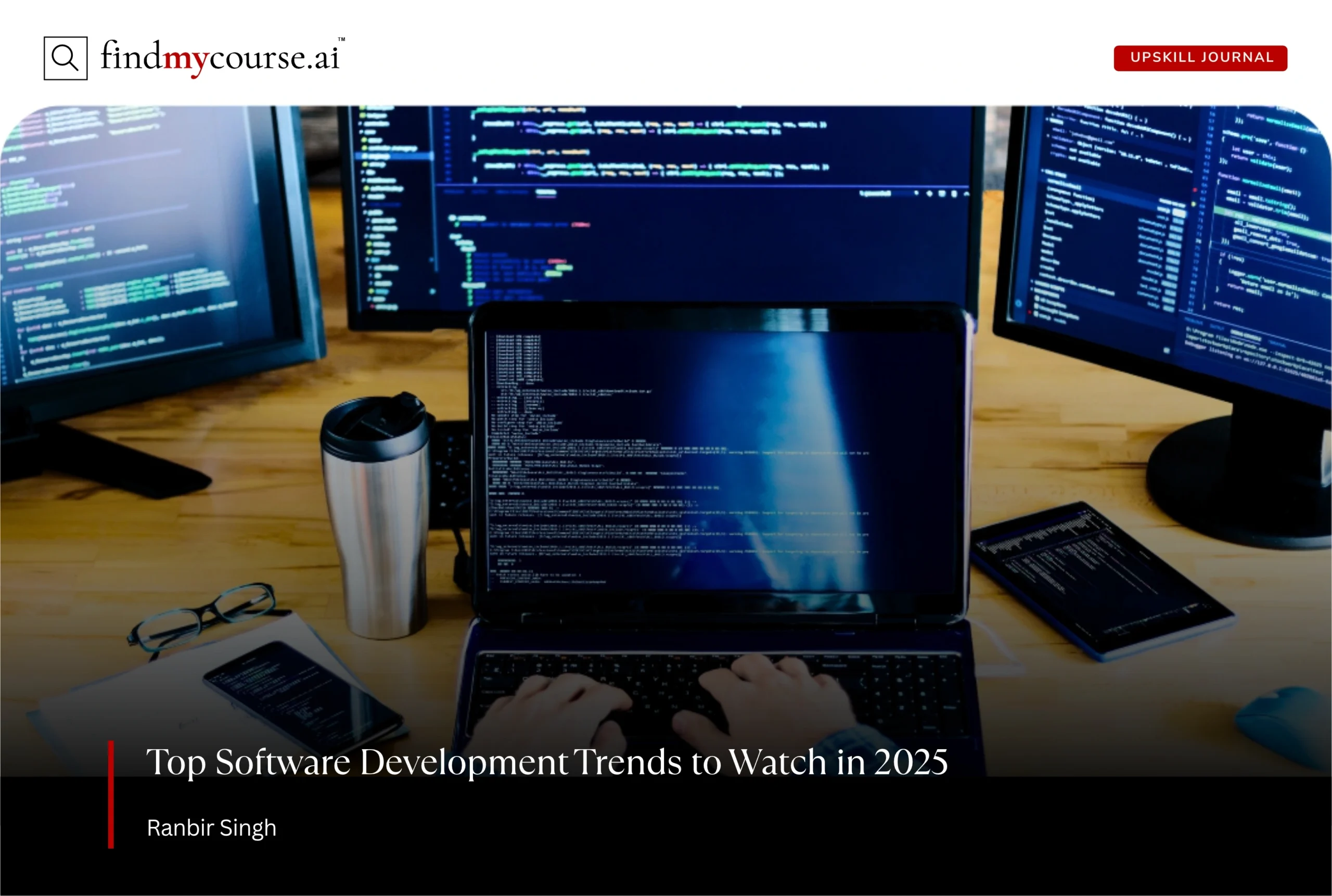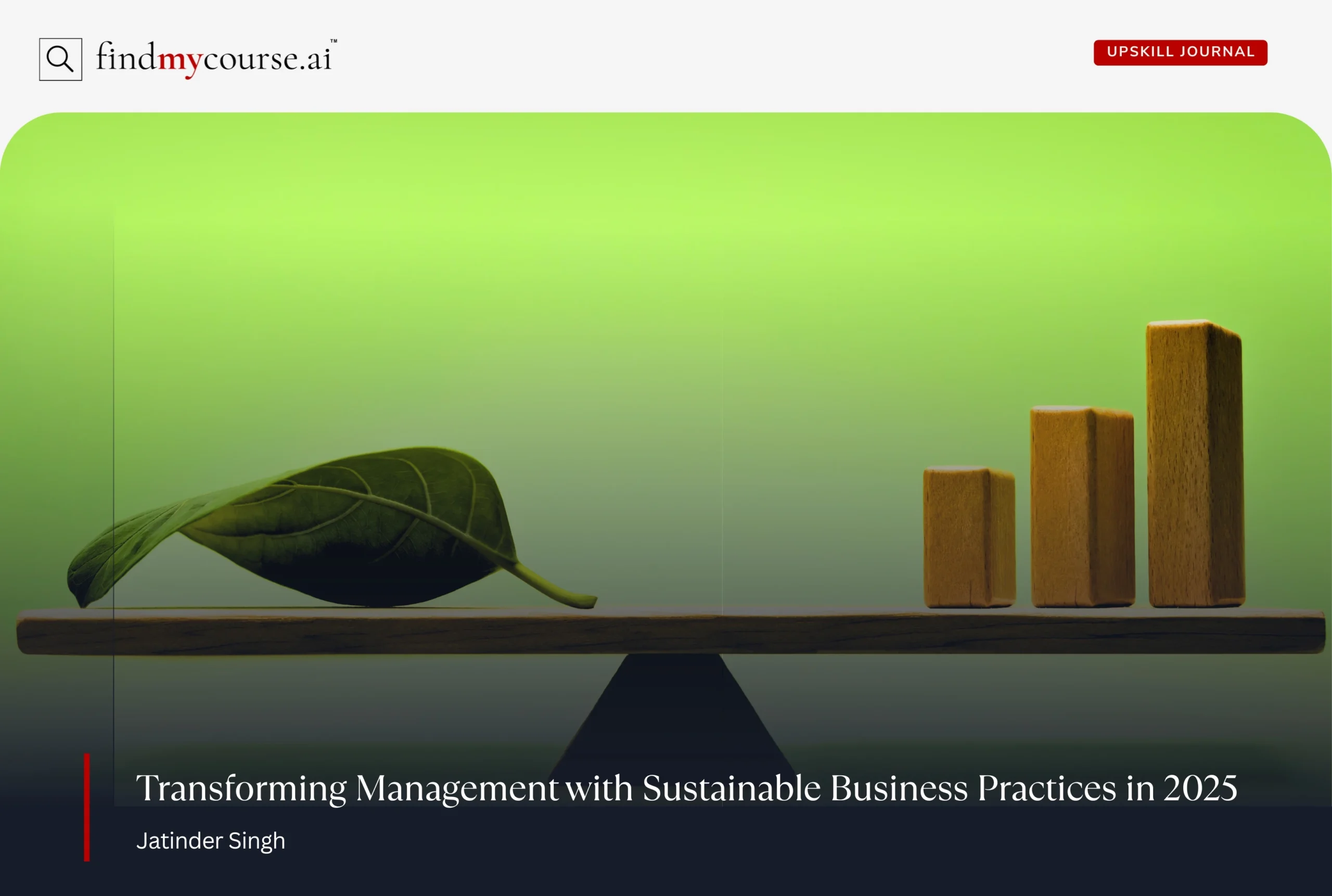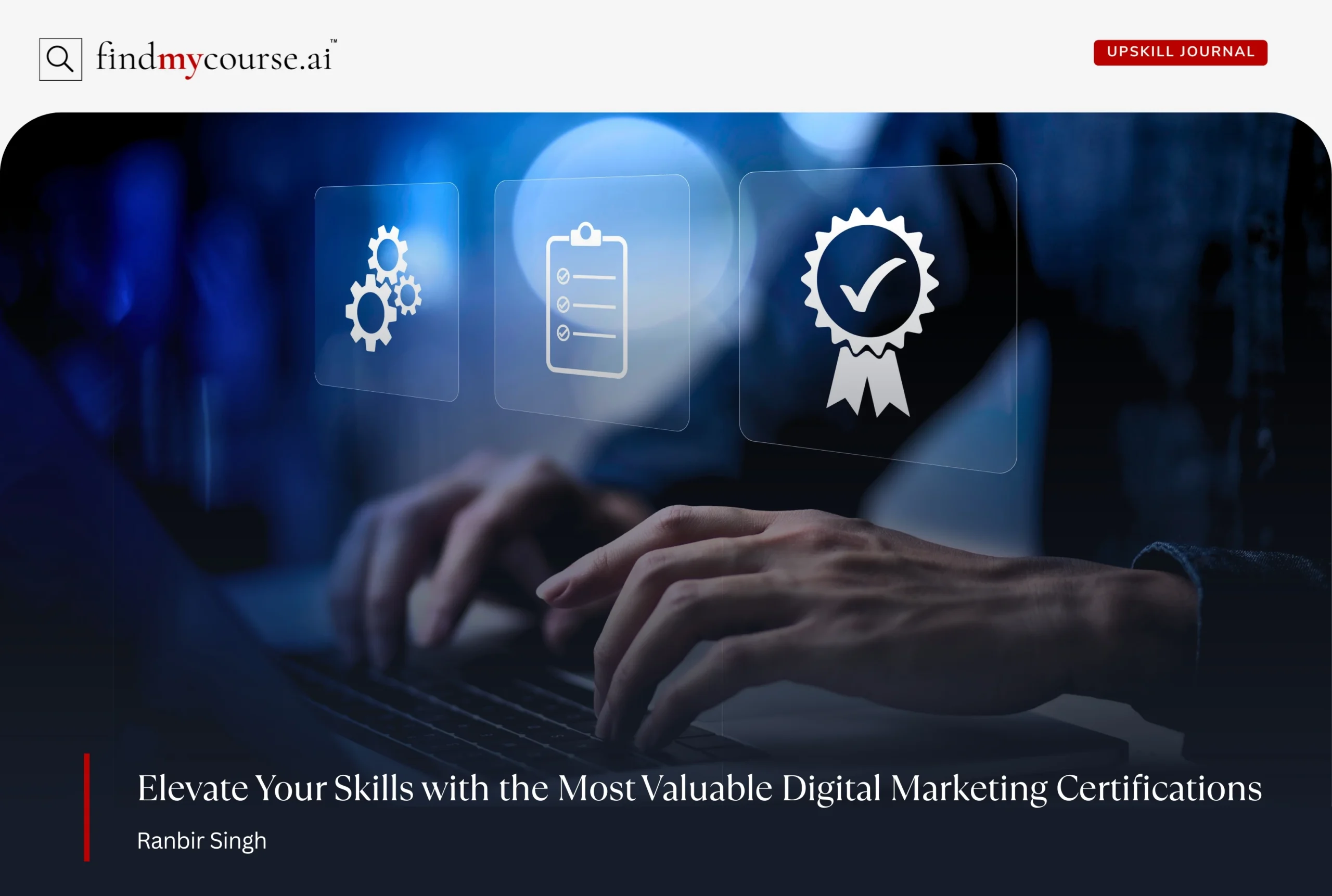Anyone new to technology quickly discovers that software development never stands still. Every year brings new ideas, tools, and better ways to create the apps and systems that shape our digital world. In 2025, several software development trends are leading the way, making a big impact on how people build and improve technology.
So, for those beginning their journey in programming or planning to study online, understanding these trends can offer valuable guidance. To help you navigate this exciting landscape, let’s dive into the top software development trends of 2025, each offering unique opportunities for new developers.
The Top Software Development Trends Shaping 2025
These eight software development trends are making a major impact in 2025. Each trend highlights a different way the industry is changing, from the tools used to how teams collaborate and the types of applications being created. Understanding these trends can help beginners focus on the most valuable areas as they start their journey in tech.
Artificial Intelligence & Machine Learning Integration
Artificial intelligence (AI) and machine learning (ML) are everywhere in 2025. More and more apps are using AI to automate tasks, understand users, and provide smarter services. From powering chatbots and recommending products, to spotting patterns in data, and even assisting with code generation. Easy-to-use AI libraries like TensorFlow and PyTorch, alongside cloud services, make these powerful tools accessible to beginners and experts alike. AI assistants, such as GitHub Copilot, are already helping developers write code faster and more efficiently. Machine learning goes hand in hand with AI, giving software the ability to improve and “learn” from experience. These technologies are not only shaping how apps behave, but they are also fundamentally changing how developers work. Developers will increasingly work with AI, guiding models and focusing on higher-level problem-solving and system design, rather than solely writing boilerplate code.
Cloud-Native Development & Microservices Architecture
Another key shift in 2025 is the widespread move to cloud-native development. Instead of running on a single computer or server, new applications are built directly on platforms like AWS and Google Cloud. They use enabling technologies such as containers (e.g., Docker) and orchestration tools (e.g., Kubernetes). This approach allows teams to quickly scale their services, update apps without downtime, and reach more users than ever before. Microservices architecture is a related trend. Rather than building one large, monolithic application, developers split it into smaller, independent pieces called microservices. Each microservice handles a specific job and can be updated and deployed on its own. This modularity makes changes and improvements easier, allowing teams to deliver new features much faster.
DevOps, DevSecOps & Automation
DevOps is all about collaborative efficiency. It brings developers and IT operations teams closer, streamlining the entire software lifecycle from creation to testing and deployment. In 2025, the focus on DevOps has grown even stronger, with more teams using automated tools for everything. This often involves Continuous Integration/Continuous Delivery pipelines with popular tools like Jenkins or GitHub Actions. These help to automate building, testing, and deployment processes. A newer, critical trend is DevSecOps—which means integrating security practices right from the start of the development process. This is often referred to as “shifting left” security. Automation plays a key role here, with tools that scan code for risks and fix problems before they go live. As a result, software is built faster and more securely, making DevOps and DevSecOps some of the most essential software development trends this year.
Cybersecurity Focus
As digital threats continue to grow in sophistication and frequency, cybersecurity is now a core and non-negotiable part of every software project. There’s a strong emphasis on proactive, security-by-design approaches, embedding security controls from the initial planning stages. Secure coding practices, robust encryption, regular vulnerability updates, and real-time monitoring are all becoming standard. Modern security principles like Zero Trust (where no user or device is trusted by default, regardless of their location) are gaining traction. Developers and companies alike know that keeping users’ data safe and systems resilient is a top priority. For beginners, this means learning about cybersecurity isn’t optional anymore. Even basic knowledge of secure coding, data protection, and understanding common vulnerabilities is highly valuable.
Programming Languages Evolution
The world of programming languages is always changing, adapting to new paradigms and hardware. In 2025, Python remains a favorite for beginners thanks to its simple syntax and vast ecosystem, especially for AI and data science. However, other languages are gaining significant popularity as well. TypeScript is a major player in web development, building on JavaScript but adding strong type checking that helps catch errors early and improves code maintainability for large projects. For high performance and reliability, especially in building cloud services and backend systems, Go (often used for scalable network services and microservices) and Rust (renowned for systems programming, memory safety, and performance-critical applications) are increasingly adopted. Kotlin continues to dominate Android app development. Choosing the right language is important for career growth, and these evolving trends can help guide those choices.
Low-Code/No-Code Platforms
Low-code and no-code platforms are democratizing software development, fundamentally changing who can build applications. These intuitive tools let people create apps using drag-and-drop interfaces, visual models, and simple logic, often requiring little to no traditional coding. They are perfect for rapidly prototyping ideas, building internal business tools, or automating specific tasks. This trend is enabling the rise of “citizen developers”—business users with deep domain knowledge who can now build applications to solve their own problems without needing extensive programming expertise. This makes software development more inclusive, allowing more people to turn their ideas into reality, regardless of their programming background. Beginners especially can benefit by building real projects and learning fundamental logic as they go.
Web3 and Blockchain
Web3 and blockchain are transforming the software landscape in 2025, moving towards a more decentralized internet. Blockchain is a secure, decentralized ledger system for recording transactions, ensuring data is transparent, immutable, and tamper-proof. Web3 builds on this idea, enabling a new generation of decentralized applications (dApps) that allow users to control their own data and assets, without relying on a single central authority. This technology powers trends like cryptocurrencies, NFTs (Non-Fungible Tokens), and decentralized finance (DeFi). For beginners, understanding the basics of blockchain and Web3 opens up opportunities to work on innovative projects, though it’s important to note that Web3 is still an evolving space with ongoing challenges around scalability, regulation, and user experience. Nevertheless, it prepares them for a future where decentralized solutions are becoming a bigger part of the digital world.
Progressive Web Apps (PWAs)
Progressive Web Apps (PWAs) are making the web even more powerful, blurring the lines between websites and native mobile applications. These special apps can run offline, load instantly, and be installed on a phone or computer just like a native app icon. PWAs offer significant advantages: they are cost-effective to develop (a single codebase for multiple platforms), provide wider reach (accessible via a URL and search engines), and offer a native-like user experience (push notifications, offline access) without the need for app store downloads. They work on almost any device, making them a favorite choice for companies who want to reach as many users as possible without building separate apps for every platform. For beginners, learning about PWAs is a great way to understand how web and mobile technology are blending together.
How to Choose Which Trend to Explore First
With so many exciting software development trends in 2025, beginners might wonder where to begin. The best approach is to start with an area that feels inherently interesting or relevant to your goals. For example, someone interested in creating mobile apps might start with Progressive Web Apps, while those curious about automation can dive into DevOps basics. Checking job postings or talking to professionals can also reveal which trends are most in demand locally or in desired roles. Importantly, there’s no single “right” path—choosing a trend that aligns with personal interests and career goals will help keep motivation high and make learning more enjoyable.
Practical Steps to Start Learning Each Trend
Jumping into new software development trends can seem challenging, but beginners can take simple, actionable steps to get started:
- Artificial Intelligence & Machine Learning: Try a beginner-friendly AI tool (like Google’s AI Studio) or experiment with basic machine learning tutorials in Python using libraries like Scikit-learn or TensorFlow/PyTorch’s introductory examples.
- Cloud-Native Development & Microservices: Open a free tier account with a cloud provider (such as AWS or Google Cloud) and deploy a small app using Docker containers, or explore a basic microservices course.
- DevOps, DevSecOps & Automation: Learn the basics of version control with Git, and try setting up a free automated CI/CD workflow on GitHub Actions for a simple project.
- Cybersecurity Focus: Take an introductory online course in cybersecurity fundamentals or practice identifying and fixing common coding vulnerabilities in simple applications.
- Programming Languages Evolution: Practice with beginner tutorials in trending languages like Python, TypeScript (for web development), or Go (for backend services).
- Low-Code/No-Code Platforms: Build a simple app using a drag-and-drop builder such as Google AppSheet or Microsoft Power Apps to experience citizen development firsthand.
- Web3 and Blockchain: Create a free crypto wallet and explore blockchain basics by interacting with a simple decentralized app (dApp), or take an introductory course on how blockchain works.
- Progressive Web Apps (PWAs): Follow a basic PWA tutorial and transform a small website into an installable, offline-capable app.
Final Thoughts
The rapid evolution of software development means there’s always something new to learn. By understanding these key trends, you’ll gain essential skills and make confident strides in your journey. There’s no need to feel overwhelmed; simply embrace the process, stay curious, and ask our AI assistant for any guidance you need along the way.


